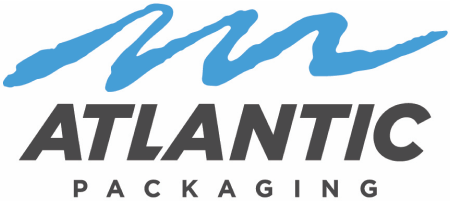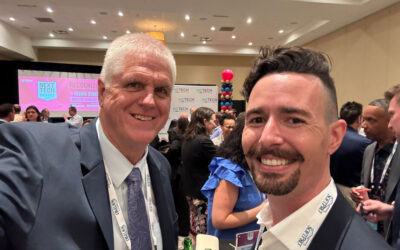DEEP DIVE: The Bioplastics Landscape
UPDATED June 27, 2025...
Atlantic and Mars Talk of A Healthier Model for Packaging
A Healthier, More...
Why U.S. Companies Are Turning to the Dominican Republic for Manufacturing
As global supply chains...
Packaging + Purpose + Profit on Purpose360
What happens when a...
Novant Health Wellness Partnership
In 2012, Atlantic...
Considering a Switch Away from Plastic Packaging?
Here's what you need to...
Recapping Our 2025 Clemson Capstone Collaboration
Unboxing Innovation...
Composting Consortium Grant Program 2025
Scaling Composting for...
Recycling in America Webinar Series
We're excited to share...
Celebrating Trey Thompson: Winner of the NC Tech Next Tech Awards 2025
We are proud to...
DEEP DIVE: EXTENDED PRODUCER RESPONSIBILITY (EPR) FOR PACKAGING, EXPLAINED
Updated May 13, 2025...
Dig South Tech Summit: Keynote Address
Atlantic Packaging's...












